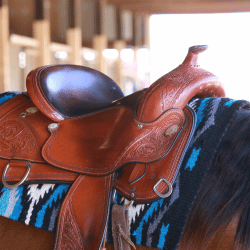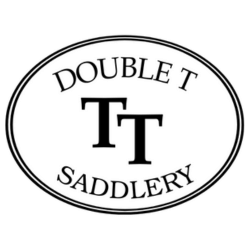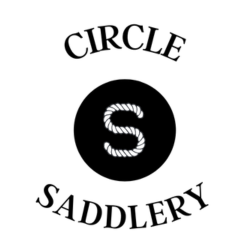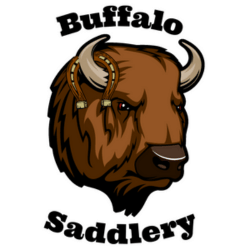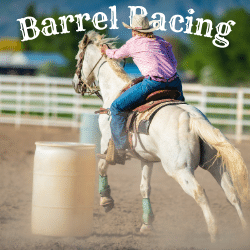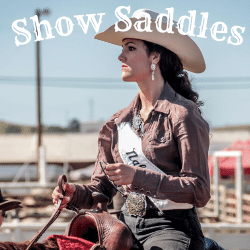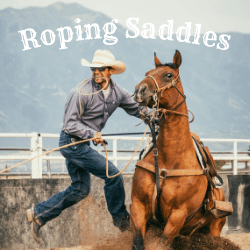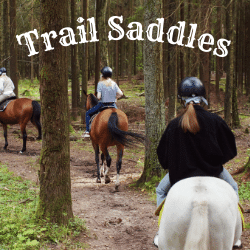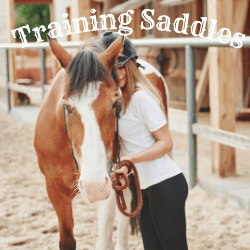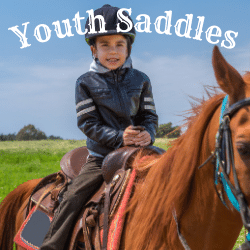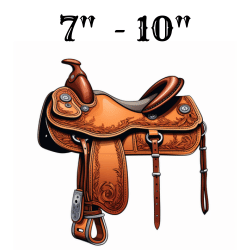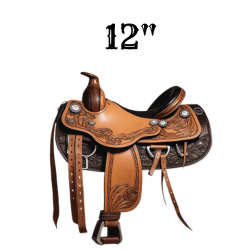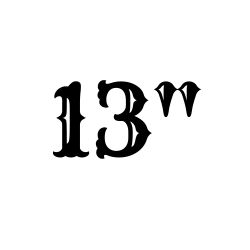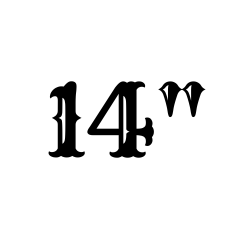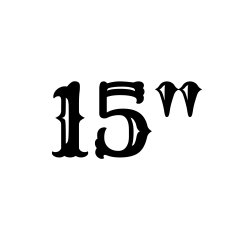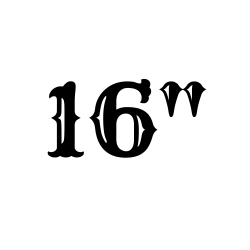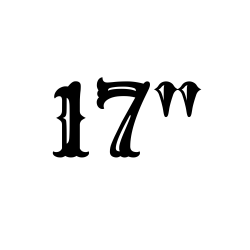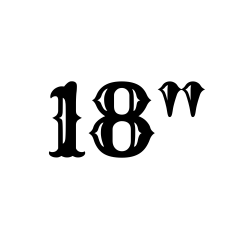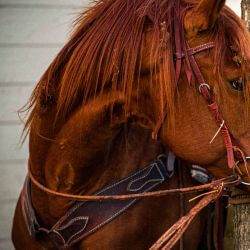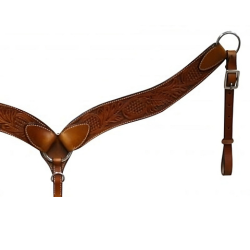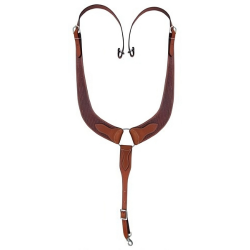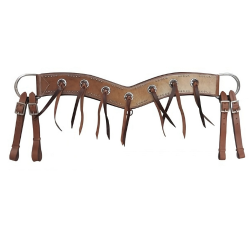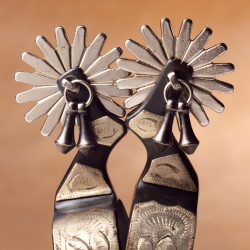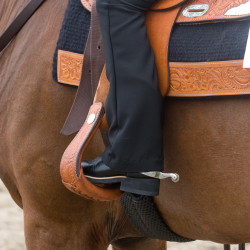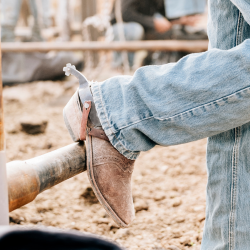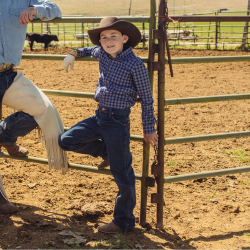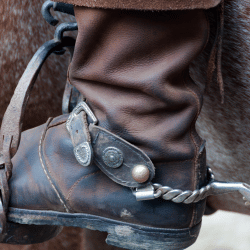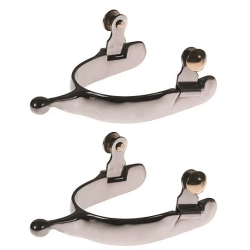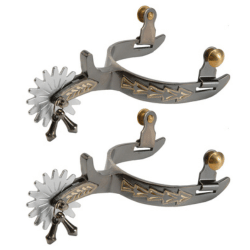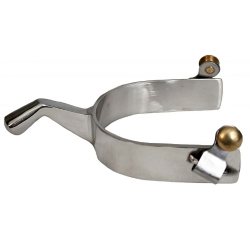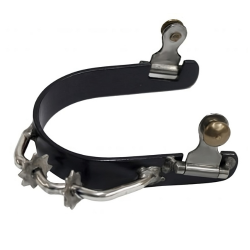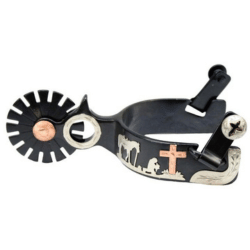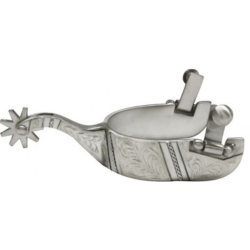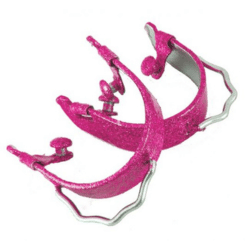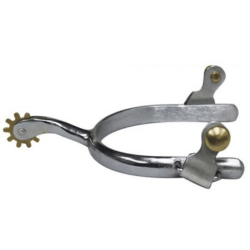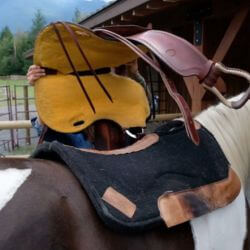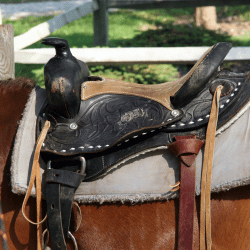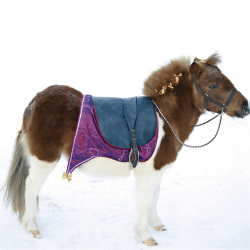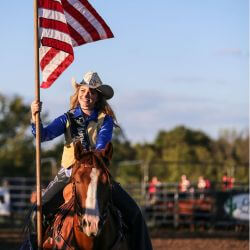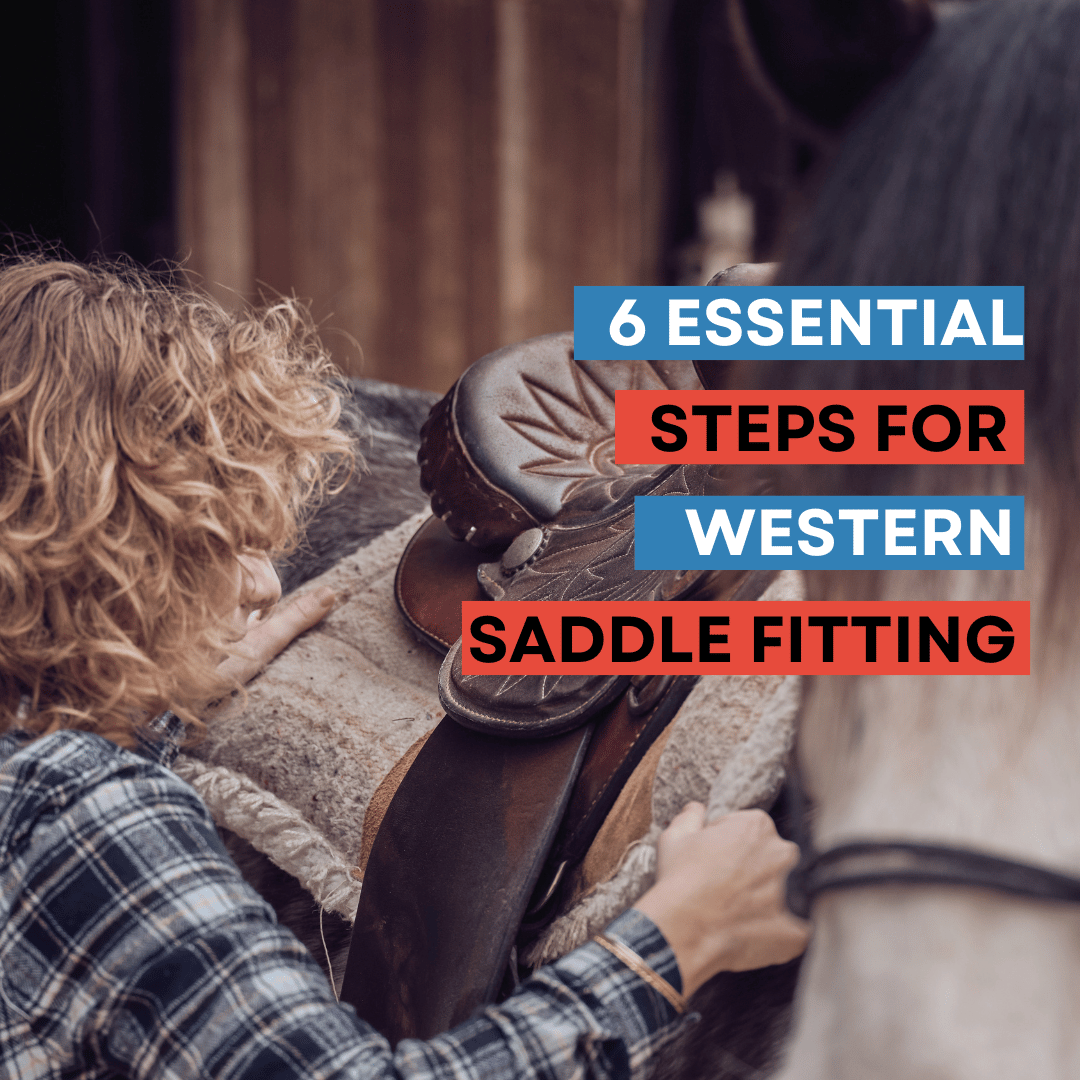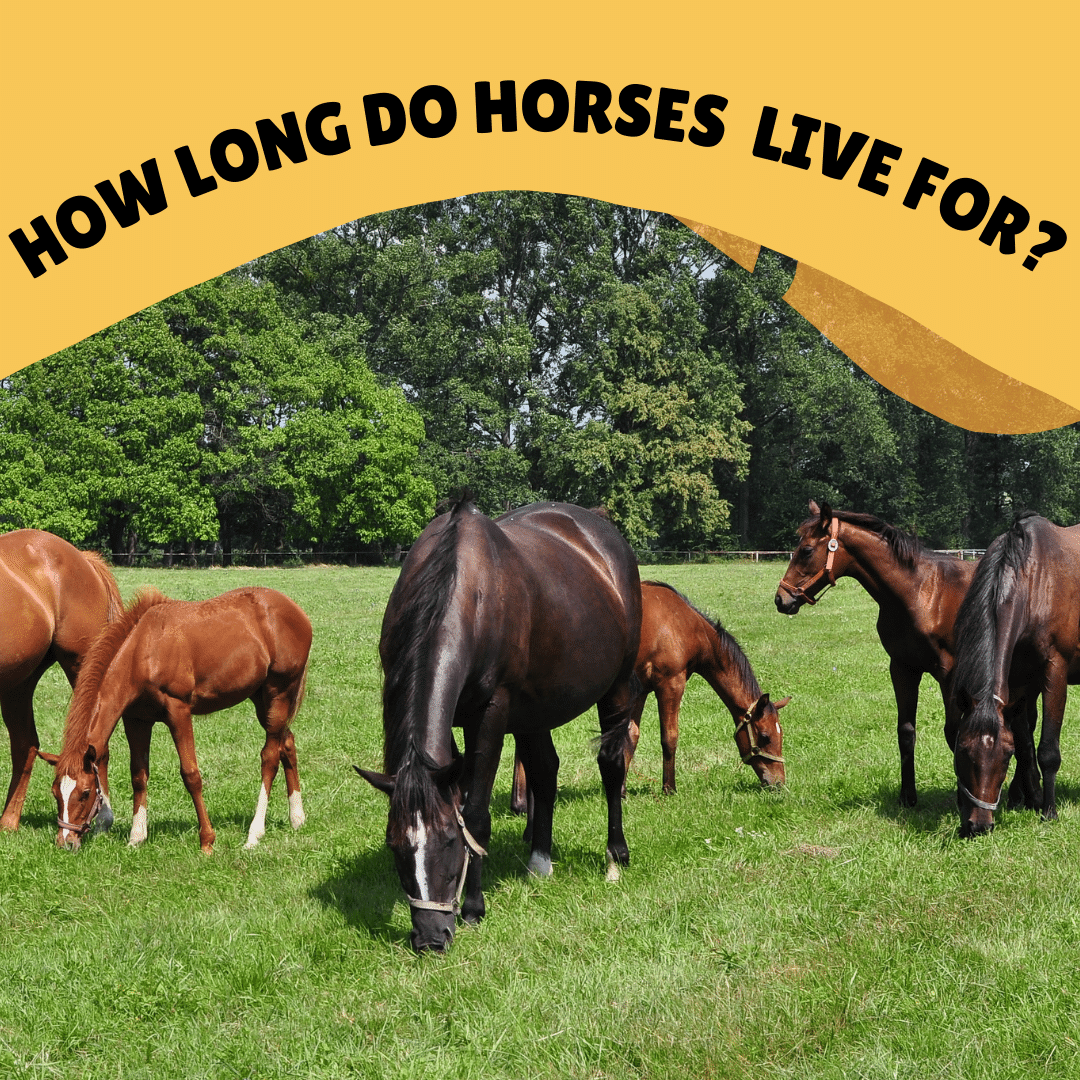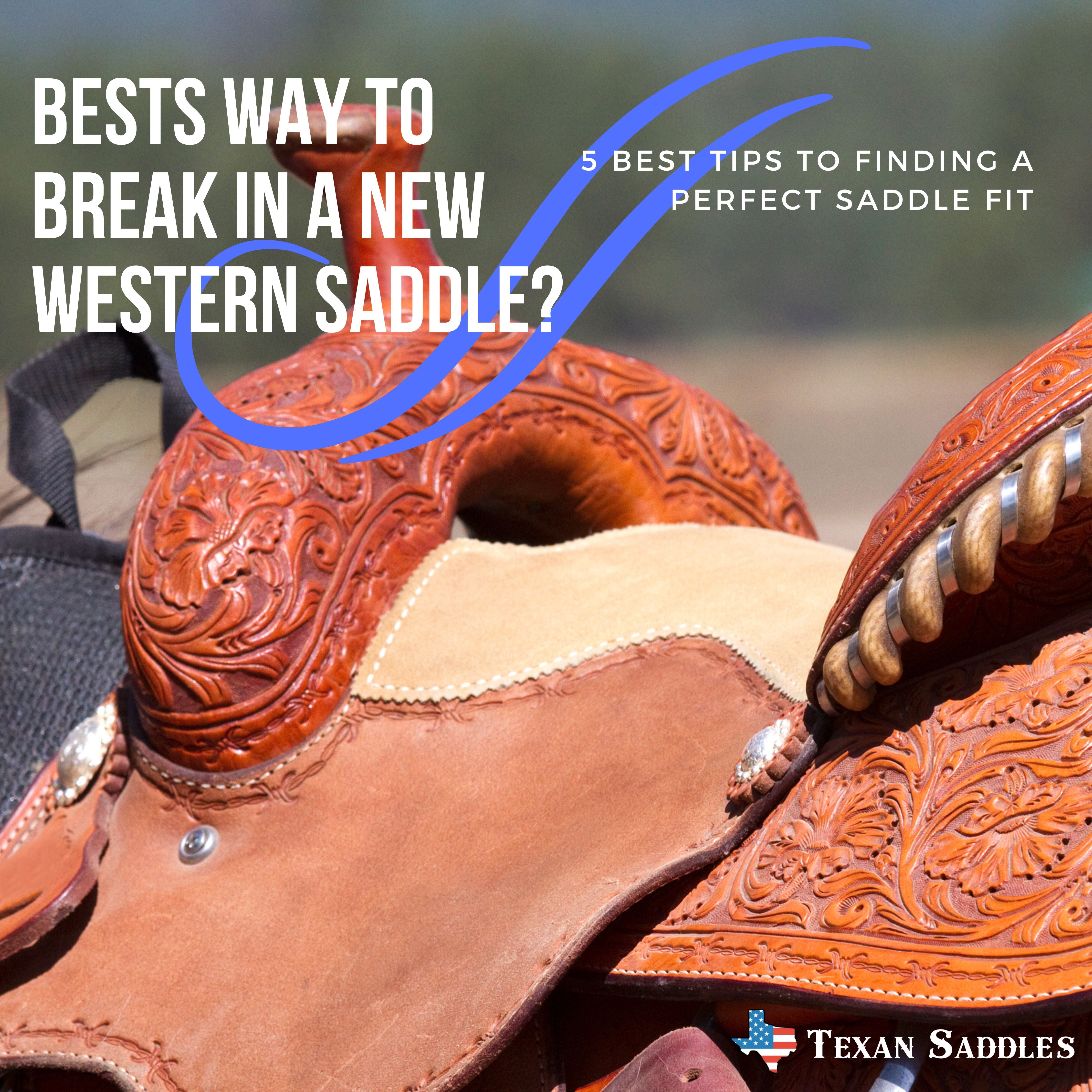Protect Your Horse and Improve Performance
Western saddle fitting is an important aspect of horsemanship, as it ensures the comfort and well-being of both the horse and the rider. A well-fitting saddle can improve a horse's performance, while a poorly fitting saddle can cause discomfort and even injury. Here are some key points to consider when fitting a Western saddle:
1.) Measure your horse:
Before you begin the saddle fitting process, you'll need to measure your horse's withers, back, and girth. These measurements will help you find a saddle that fits your horse properly. You can use a flexible tape measure or a string to take these measurements.

To measure your horse's girth, stand your horse facing away from you and place the tape measure or string around their barrel, just behind the front legs. This measurement will help you determine the width of the saddle that you need.
It's important to take these measurements accurately, as a saddle that is too small or too large can cause discomfort and even injury to your horse. Once you have these measurements, you can use them to find a saddle that is the right size and shape for your horse.
2.) Choose the right tree material:
The tree of a saddle is the structure that supports the weight of the rider and provides the shape of the saddle. Western saddles come in a variety of tree sizes and shapes to fit different types of horses. It's important to choose a tree that fits your horse's conformation and size.
There are a variety of different kinds of saddle trees available, each with its own unique features and benefits. Here are some of the most common types of saddle trees:
Rawhide-covered trees:
Rawhide-covered trees are made from wood or fiberglass and covered with rawhide to provide a flexible and comfortable ride for the horse. They are often used in traditional Western saddles.
Fiberglass trees:
Fiberglass trees are made from a combination of fiberglass and resin, and are known for their strength and durability. They are also lightweight and easy to care for.
Plastic trees:
Plastic trees are made from synthetic materials and are known for their durability and low maintenance. They are also lightweight and easy to care for.
Steel trees:
Steel trees are made from metal and are known for their strength and durability. They are often used in heavier duty saddles such as roping or ranch saddles.
Wood trees:
Wood trees are made from wood and are often used in traditional Western saddles. They are known for their classic look and can be custom-made to fit a specific horse.
It's also important to consider the size of the tree in relation to your horse's body. A saddle with a tree that is too narrow may not provide enough support for the rider, while a saddle with a tree that is too wide may restrict your horse's movement and cause discomfort.
3.) Choose the right size of tree:
Choosing the correct size of saddle tree is important for the comfort and well-being of both the horse and the rider. A saddle tree that is too small or too large can cause discomfort and even injury to your horse, and can also affect the rider's balance and performance.
Semi-quarter horse bar saddle trees:
Semi-quarter horse bar saddle trees are narrower than full-quarter horse bar saddle trees and are designed to fit horses with a more refined head and a higher wither. They provide a close contact feel for the rider and allow for a more natural movement for the horse.
Shop For Semi-Quarter Bar Western Saddles
Full-quarter horse bar saddle trees:
Full-quarter horse bar saddle trees are wider than semi-quarter horse bar saddle trees and are designed to fit horses with a wider head and a lower wither. They provide more support for the rider and may be a good choice for heavier riders or for horses that carry a lot of weight in their hindquarters.
Shop For Full-Quarter Bar Western Saddles
Arabian saddle trees:
Arabian saddle trees are designed to fit horses with a narrow front and a higher wither. They typically have a gullet width of 6.5" to 6.75", which is similar to a semi-quarter horse bar saddle tree. However, the back of the saddle has a flatter pitch angle, so the saddle goes from a little narrow in the front to flatter or wider in the back. This allows for more shoulder movement and helps to accommodate the higher wither of the Arabian horse. Arabian saddle trees can sometimes fit non-Arabian horses with similar conformation.
Gaited saddle trees:
Gaited saddle trees are designed to fit horses with a higher wither and a need for more shoulder movement. They usually have a wider or flared front to allow for this movement, and the tree narrows toward the back where the bars have more pitch. Gaited saddles also typically have more rock to the bars, which helps to absorb shock and improve comfort for the horse. Gaited saddle trees are often used on horses like Tennessee Walkers and Fox Trotters.
Haflinger saddle trees:
Haflinger saddle trees are designed to fit short-backed, mutton-withered horses. They have a flatter pitch to the bar angle and very little rock, and usually have a gullet width of 7.5". Haflinger saddle trees are often used on other large horses that need an extra wide tree.
Draft saddle trees:
Draft saddle trees are designed to fit large draft horses and typically have a gullet width of 8". They are usually wider and more robust than saddle trees for smaller horses, and are designed to provide ample support for the rider and the horse's weight.
If the saddle tree is too small, it may not provide enough support for the rider and can cause pressure points on the horse's back. This can lead to discomfort, soreness, and even injury for the horse.
On the other hand, if the saddle tree is too large, it may restrict the horse's movement and cause discomfort. It can also cause the saddle to sit too far back on the horse's back, which can put too much weight on the withers and cause discomfort.
4.) Check the fit of the saddle:
Once you've found a saddle with the right tree, it's important to check the fit of the saddle on your horse. The saddle should sit evenly on the horse's back, with the front of the saddle resting on the withers and the back of the saddle sitting just behind the horse's shoulder blades. The girth should be tightened to allow two fingers to fit between the girth and the horse's side.
Once you've found a saddle with the right tree for your horse, it's important to check the fit of the saddle on your horse to ensure that it's comfortable and supportive. Here are some key points to consider when checking the fit of your saddle:
The front of the saddle should rest on the withers:
The front of the saddle should sit evenly on your horse's withers, with no gaps or pressure points. If the saddle sits too far back on the horse's back, it can cause discomfort and restrict the horse's movement. If the saddle sits too far forward, it can put too much weight on the horse's shoulders and cause discomfort.
The back of the saddle should sit just behind the shoulder blades:
The back of the saddle should sit just behind your horse's shoulder blades, with no gaps or pressure points. If the saddle sits too far back, it can restrict the horse's movement and cause discomfort. If the saddle sits too far forward, it can put too much weight on the horse's withers and cause discomfort.

The girth should be tightened to allow two fingers to fit between the girth and the horse's side:
The girth is the strap that goes around your horse's barrel to hold the saddle in place. It should be tightened to allow two fingers to fit between the girth and the horse's side. If the girth is too loose, the saddle may slide around and cause discomfort. If the girth is too tight, it can restrict the horse's movement and cause discomfort.
By checking the fit of the saddle on your horse and making any necessary adjustments, you can ensure that your saddle is comfortable and supportive for both your horse and yourself. If you have any doubts about the fit of your saddle, it's a good idea to consult with a saddle fitter or a knowledgeable equine professional. They can help you determine the best fit for your horse and make any necessary adjustments.
5.) Check for comfort:
In addition to fit, it's important to consider the comfort of both the horse and the rider. The horse's movement should not be restricted by the saddle, and the rider should be able to sit comfortably in the saddle for long periods of time.
A saddle that is uncomfortable for either the horse or the rider can have a negative impact on performance and well-being. Here are some key points to consider when checking for comfort:
The horse's movement should not be restricted:
A saddle that fits properly should not restrict your horse's movement. If your horse has difficulty moving freely or seems uncomfortable when moving, it may be a sign that the saddle is not fitting properly.
The rider should be able to sit comfortably:
The saddle should also be comfortable for the rider. The rider should be able to sit comfortably in the saddle for long periods of time without experiencing discomfort or pain. If you find that you are constantly shifting in the saddle or experiencing discomfort, it may be a sign that the saddle is not fitting properly.
6.) Adjust the saddle:
If you find that the saddle is not fitting properly, there are a few adjustments you can make. You can try adding a saddle pad to help fill in any gaps or add cushioning. You can also try adjusting the stirrups or cinch to help improve the fit.
Here are some options to consider:
Add a saddle pad:
A saddle pad can help to fill in any gaps between the saddle and your horse's back, or add cushioning for extra comfort. There are a wide variety of saddle pads available, including contoured pads that follow the shape of your horse's back and pads with extra cushioning for horses with sensitive skin.
Adjust the stirrups:
The stirrups are the loops that hang down from the saddle that the rider places their feet in. If the stirrups are too long or too short, it can affect the fit and comfort of the saddle. You can adjust the stirrups by moving the buckles to a different hole on the stirrup leathers.
Adjust the cinch:
The cinch is the strap that goes around your horse's barrel to hold the saddle in place. If the cinch is too loose, the saddle may slide around and cause discomfort. If the cinch is too tight, it can restrict your horse's movement and cause discomfort. You can adjust the cinch by moving the buckles to a different hole on the cinch.
By making these adjustments, you may be able to improve the fit and comfort of your saddle.
Conclusion:
Western saddle fitting is an important aspect of horsemanship, and it's worth taking the time to ensure that your saddle fits your horse properly. By following these tips, you can ensure the comfort and well-being of both your horse and yourself.

